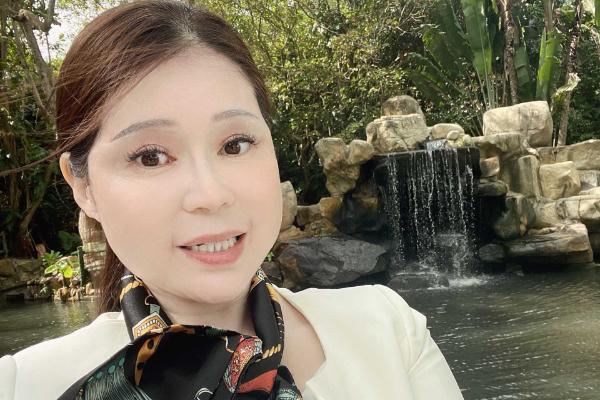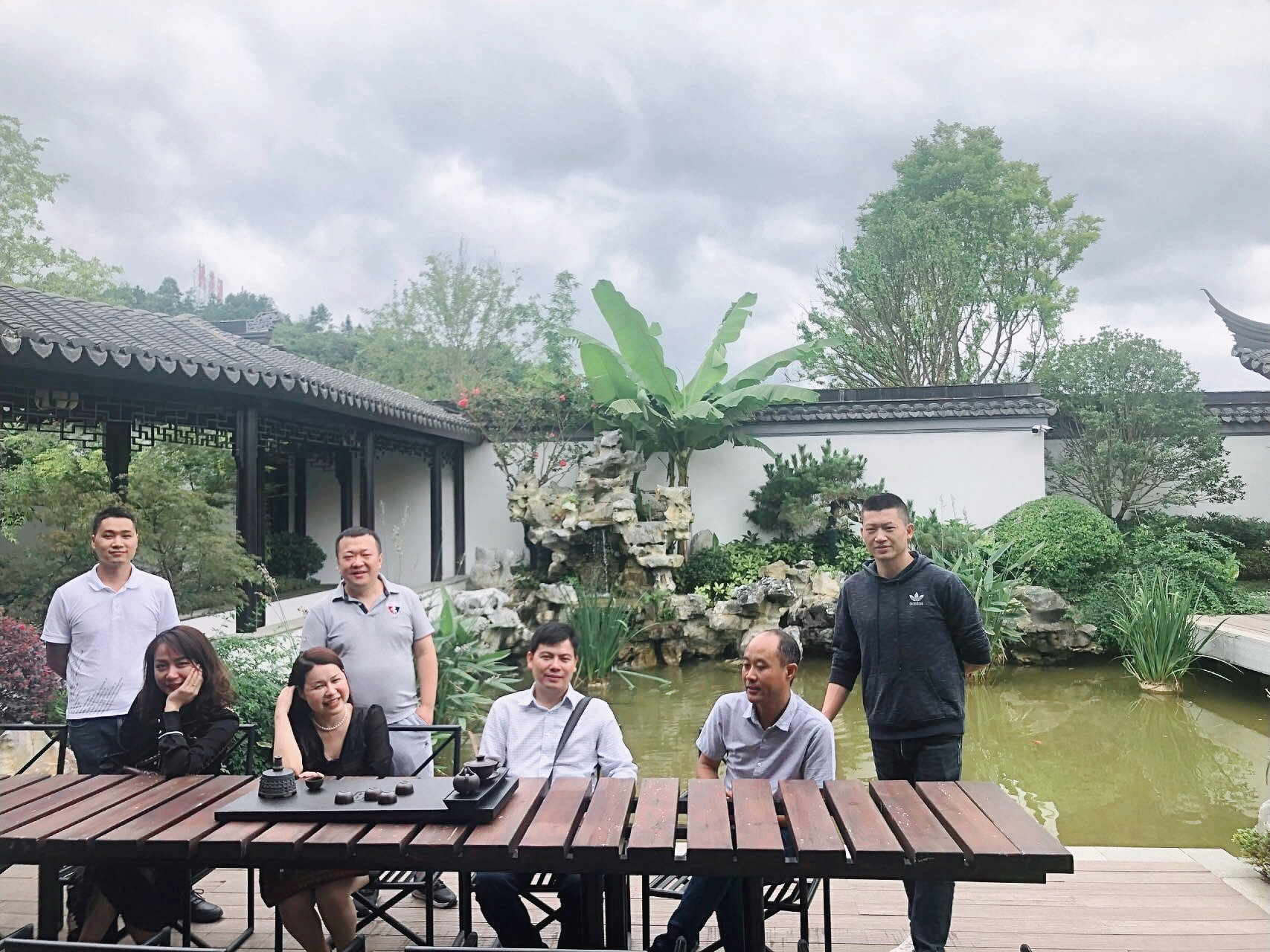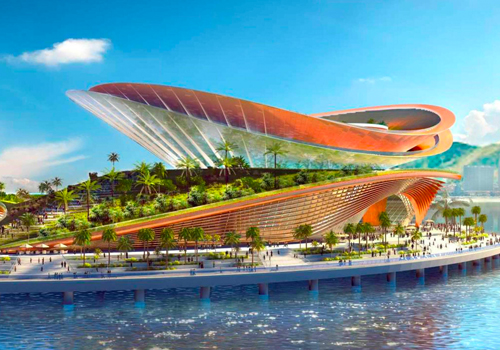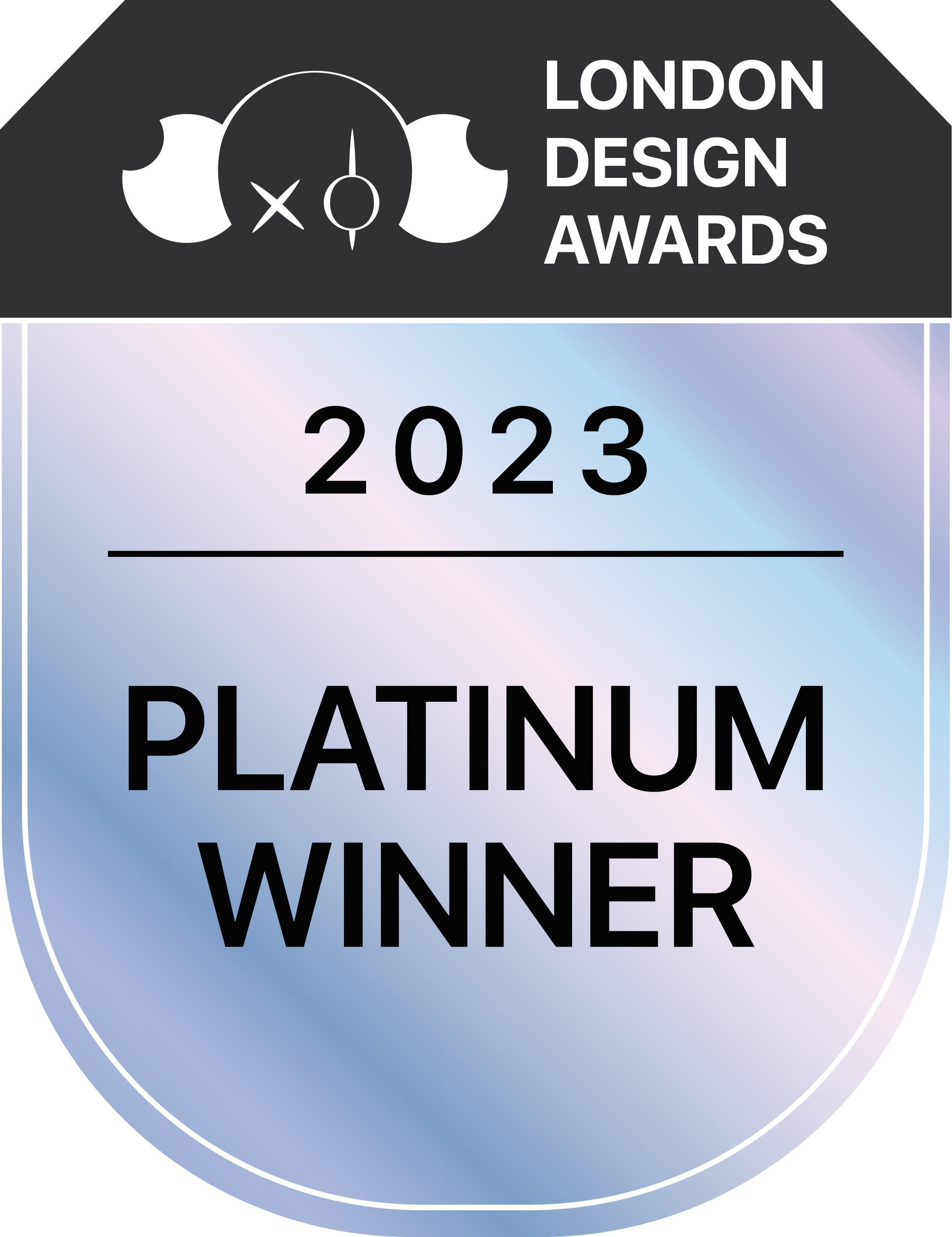
Yan Chen
1. Please give us a brief bio of yourself and your design background.
My name is Yan Chen, and I am a highly accomplished architect and artist. My work in this field has received international recognition and acclaim, which is a source of immense honor and pride for me.
With a Bachelor's degree in Architecture from Chongqing University and an MBA from Anglia Ruskin University in the UK, my academic background has equipped me with a robust foundation and a broad perspective. I am privileged to work at OCT Group, a prestigious cultural and tourism enterprise that ranks globally just behind Disney and Universal Studios. In this role, I leverage my skills and creativity to contribute to innovative and impactful projects.
2. What made you become/why did you choose to become a designer/artist?
From a young age, I was captivated by the power of design and its ability to shape our environment and influence our daily lives. Growing up, I was always drawn to creative activities, whether it was sketching, building models, or exploring different forms of art. This early fascination laid the foundation for my future career.
The desire to leave a lasting impact and contribute to society through innovative and meaningful design is what truly motivated me to become an architect and artist. I am driven by the challenge of transforming ideas into reality, and the opportunity to collaborate with others to create spaces that inspire and improve lives.
3. Tell us more about your agency/company, job profile, and what you do.
I am currently privileged to work at OCT Group, one of the most prestigious cultural and tourism enterprises in the world. OCT Group, also known as Overseas Chinese Town Enterprises, is renowned for its innovative and comprehensive approach to urban development, cultural tourism, and real estate. It ranks globally just behind Disney and Universal Studios, showcasing its significant impact and reputation in the industry.
At OCT Group, I serve as a Senior Architect and Designer. My role involves a broad range of responsibilities, from conceptualizing and designing architectural projects to overseeing their implementation and ensuring they meet the highest standards of quality and innovation. My work primarily focuses on creating culturally rich and visually captivating environments that enhance the visitor experience and contribute to the cultural and economic development of the areas we develop.
4. What does “design” mean to you?
To me, design is far more than just creating visually appealing structures or objects; it is a profound form of expression and problem-solving that impacts how we interact with the world. Design embodies a blend of creativity, functionality, and innovation, and it has the power to transform environments, experiences, and lives.
5. What’s your favourite kind of design and why?
As an architect and artist, I have had the opportunity to explore various design styles and approaches. While I appreciate the beauty and innovation in many different types of design, I find myself particularly drawn to sustainable and human-centered design. Here's why:
What I find most exciting is the intersection of sustainable and human-centered design. By integrating these principles, we can create environments that are not only environmentally responsible but also enhance the quality of life for their occupants. This holistic approach aligns with my values and vision as a designer.
6. To you, what makes a “good” design?
the needs of its users effectively and efficiently. This means thoughtful space planning, user-friendly interfaces, and ergonomic considerations that ensure comfort and ease of use. Functionality also involves flexibility and adaptability, allowing the design to remain relevant as needs and conditions change.
7. How did you come up with the idea for your award-winning design?
The inspiration for my award-winning design stemmed from a combination of in-depth research, understanding the needs of the community, and a desire to create a sustainable and human-centered environment. I began by analyzing the specific requirements and constraints of the project, then sought innovative solutions that would not only meet but exceed those expectations. My focus was on creating a design that harmonized with the surrounding environment and provided a unique, enriching experience for its users.
8. What was your main source of inspiration for this design?
The main inspiration for my design came from a deep appreciation for nature and the concept of biophilic design, which emphasizes the connection between people and the natural world. I also drew heavily from local cultural elements, incorporating traditional motifs and materials in a contemporary way. This blend of natural and cultural influences resulted in a design that is both timeless and modern, fostering a sense of place and identity.
9. Do you think your country and its cultural heritage has an impact on your design process?
Absolutely. My country’s rich cultural heritage plays a significant role in my design process. The architectural traditions, artistic expressions, and historical context of my homeland provide a deep well of inspiration. Incorporating these elements into my designs allows me to create spaces that resonate with cultural significance and evoke a sense of belonging and pride among the local community.
10. Congratulations! As the winner of the London Design Awards, what does it mean to you and your company and team to receive this award distinction?
Winning the London Design Award is a tremendous honor for me, my company, and my team. It validates the hard work, creativity, and dedication that we put into our projects. For me personally, it is a milestone that recognizes my commitment to excellence in design. For my company and team, it serves as a testament to our collaborative spirit and our ability to deliver innovative and impactful solutions. This award enhances our reputation and motivates us to continue pushing the boundaries of design.
11. Can you explain a bit about the winning work you entered into the London Design Awards, and why you chose to enter this project?
My award-winning project is an innovative urban park designed to blend natural landscapes with modern amenities, creating a sustainable and engaging public space. I chose to participate in the London Design Award because of its prestigious reputation and its focus on celebrating outstanding design across various disciplines. I believed that our project exemplified the values of innovation, sustainability, and community engagement that the award stands for.
12. What were the main challenges you faced during the design process, and how did you overcome them?
One of the main challenges was balancing the need for sustainable practices with the client’s budget constraints. To overcome this, we focused on innovative design solutions that maximized efficiency without compromising on quality. Another challenge was integrating modern design elements with traditional cultural motifs. This was achieved through extensive research and collaboration with cultural experts to ensure authenticity and respect for heritage.
13. How do you think winning this award will impact your future as a designer?
Winning this award will undoubtedly have a positive impact on my future as a designer. It enhances my professional credibility and visibility in the industry, opening up new opportunities for high-profile projects and collaborations. It also reinforces my commitment to design excellence and inspires me to continue pursuing innovative and impactful design solutions.
14. What are your top three (3) favorite things about the design industry?
Creativity: The ability to bring ideas to life and create something unique and impactful.
Innovation: Continuously exploring new technologies and methodologies to improve
Collaboration: Working with a diverse group of professionals and stakeholders to
15. What sets your design apart from others in the same category?
My design stands out due to its seamless integration of sustainability, cultural elements, and user-centered principles. It combines cutting-edge technology with traditional aesthetics, creating a space that is both functional and emotionally resonant. The focus on biophilic design principles and community engagement also sets it apart, offering a unique and enriching experience for its users.
16. Where do you see the evolution of design industry going over the next 5-10 years?
The design industry is likely to see a greater emphasis on sustainability and eco-friendly practices. Advances in technology, such as AI and virtual reality, will transform the way we design and visualize projects. There will also be a stronger focus on inclusive and human-centered design, ensuring that spaces are accessible and meaningful to a diverse range of users.
17. What advice do you have for aspiring designers who want to create award-winning designs?
My advice for aspiring designers is to stay curious and constantly seek inspiration from various sources. Embrace innovation and be willing to take risks. Focus on understanding the needs of the end-users and strive to create designs that are both functional and emotionally engaging. Lastly, always prioritize sustainability and cultural relevance in your work.
18. What resources would you recommend to someone who wants to improve their skills in the design industry?
I recommend the following resources:
Books: "The Design of Everyday Things" by Don Norman and "Designing for People" by Henry Dreyfuss.
Online Courses: Platforms like Coursera, Udemy, and LinkedIn Learning offer courses on various design topics.
Professional Organizations: Joining organizations like the AIA (American Institute of Architects) or IDSA (Industrial Designers Society of America) can provide networking opportunities and access to industry events.
19. Tell us something you have never told anyone else.
One thing I’ve never shared publicly is that my passion for design was ignited by my love for painting as a child. The process of bringing a blank canvas to life with colors and shapes translated seamlessly into my approach to architectural design, where I now bring spaces to life with creativity and purpose.
20. Who has inspired you in your life and why?
My greatest inspiration has been my grandfather, who was a skilled craftsman. His dedication to his craft, attention to detail, and pride in his work instilled in me the importance of quality and passion in everything I do. His influence is a constant reminder to strive for excellence and to create designs that are not only functional but also beautiful and meaningful.
21. What is your key to success? Any parting words of wisdom?
The secret to my success lies in my unwavering commitment to continuous learning and growth. I believe in staying curious, embracing challenges, and always pushing the boundaries of creativity. My parting advice is to stay true to your vision, never stop learning, and always seek to create designs that make a positive impact on the world.


